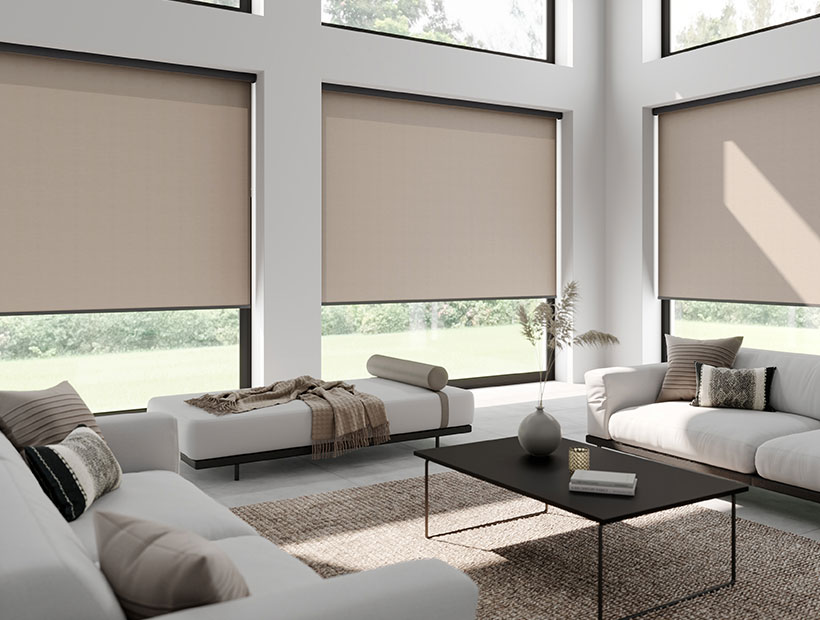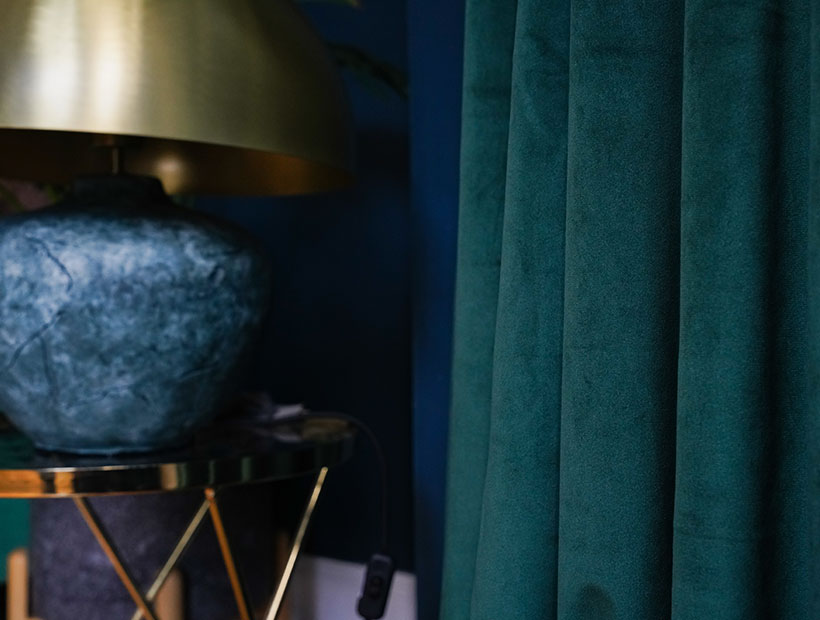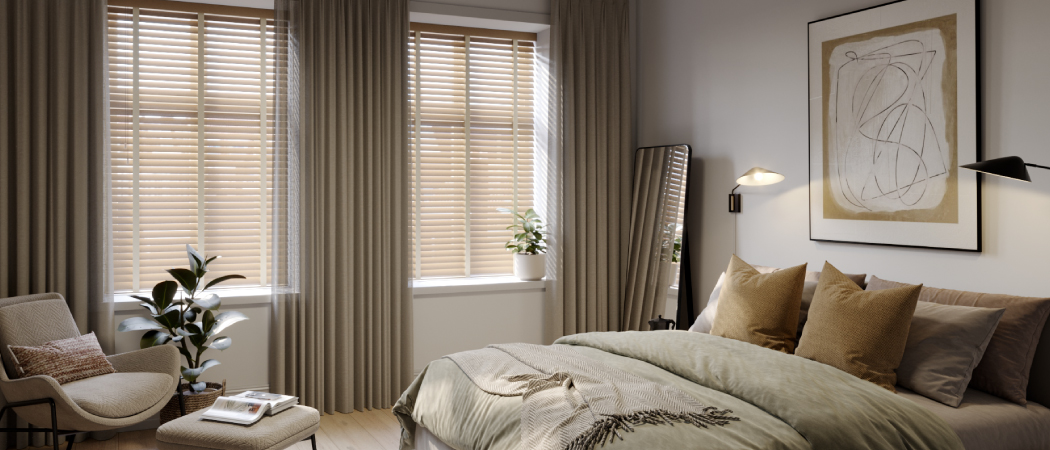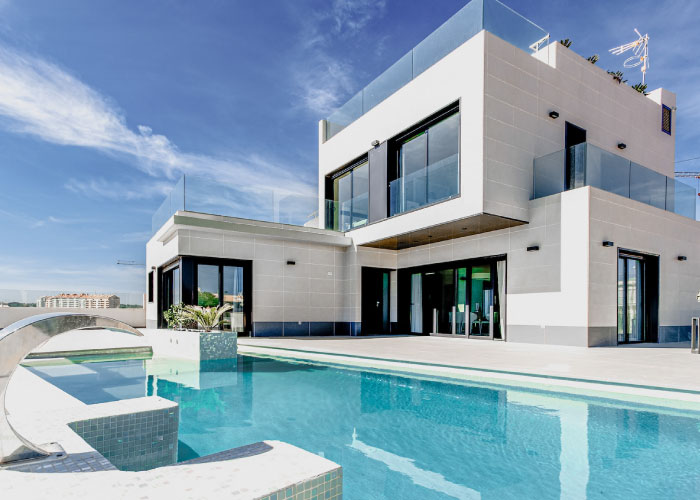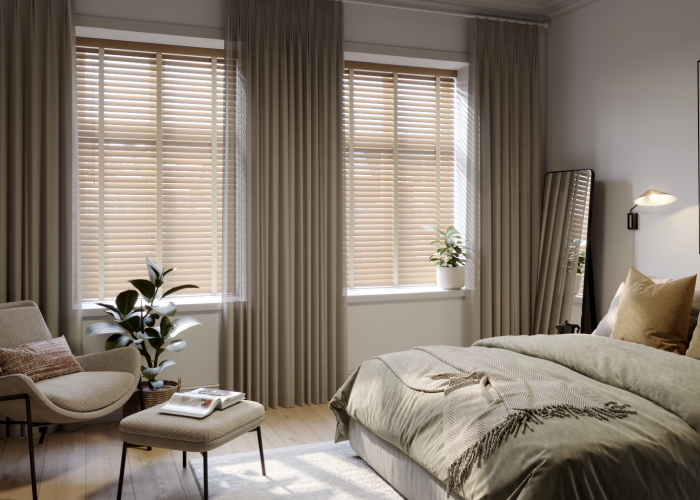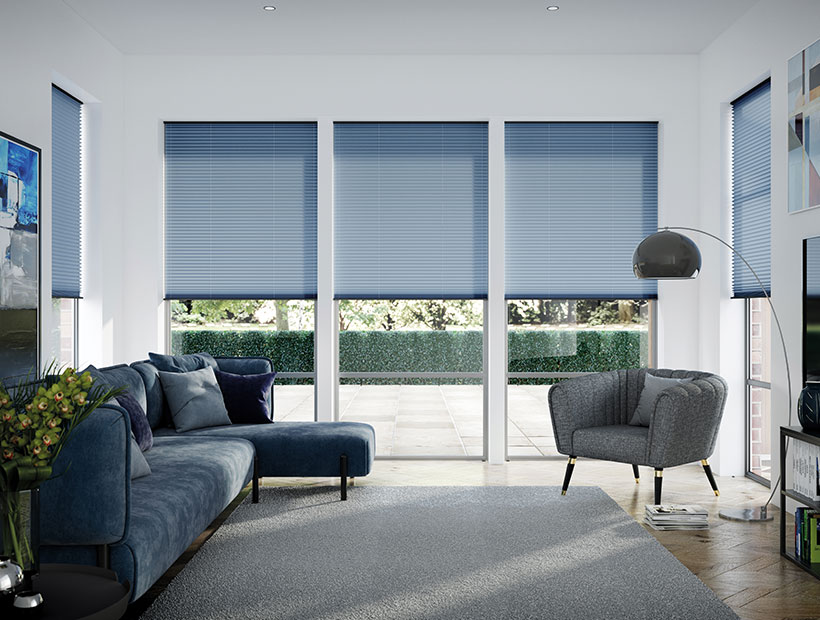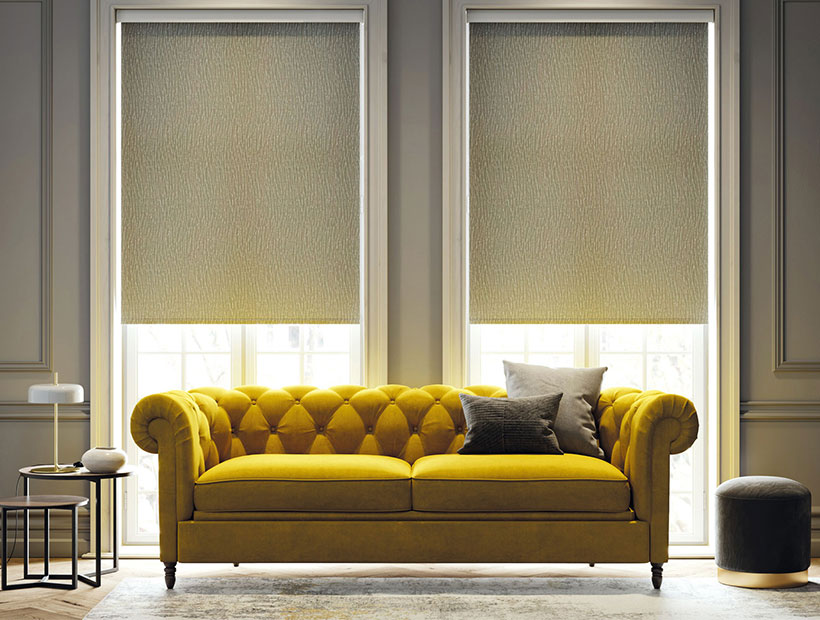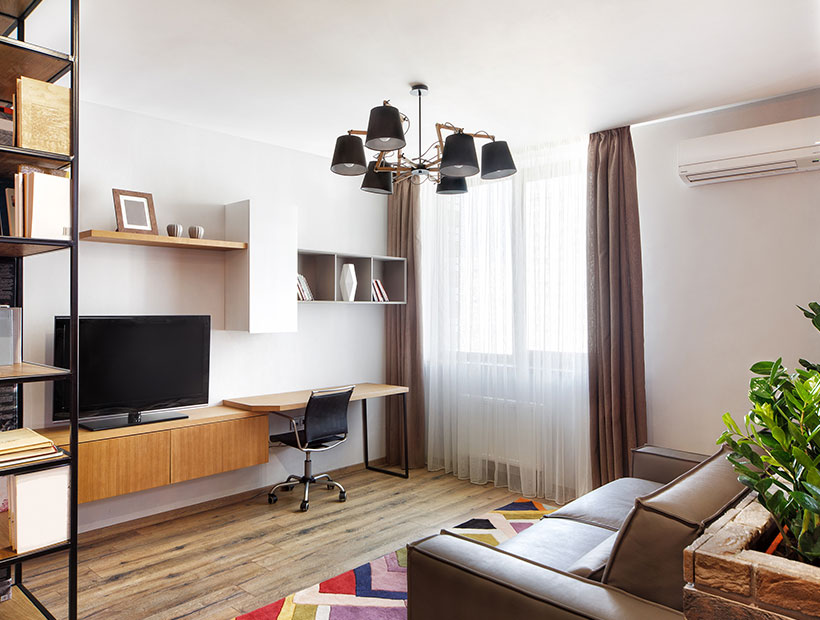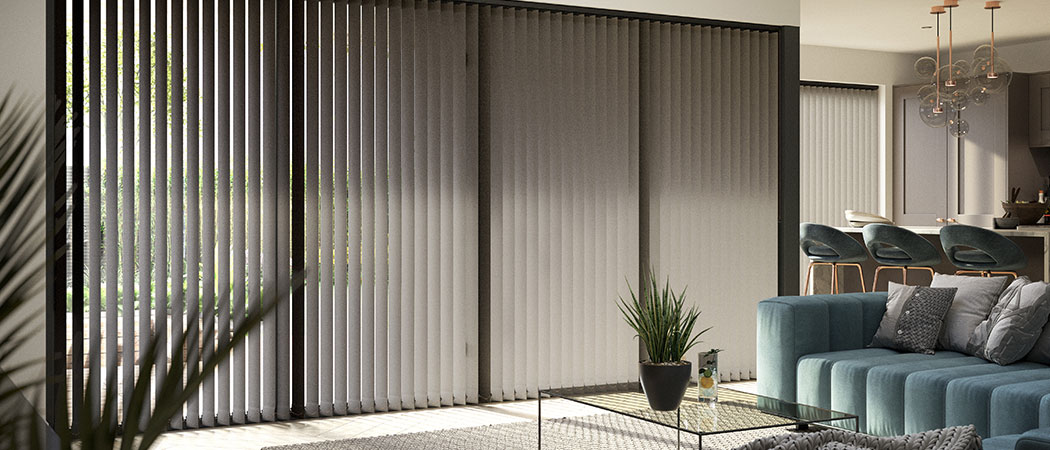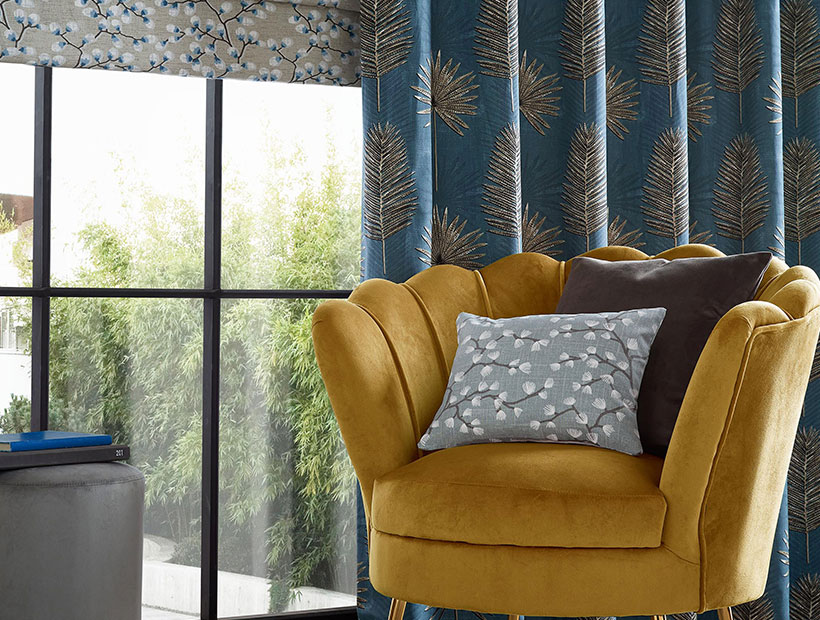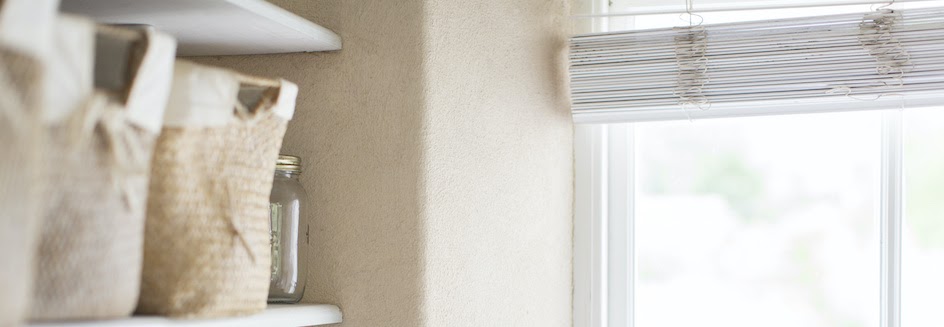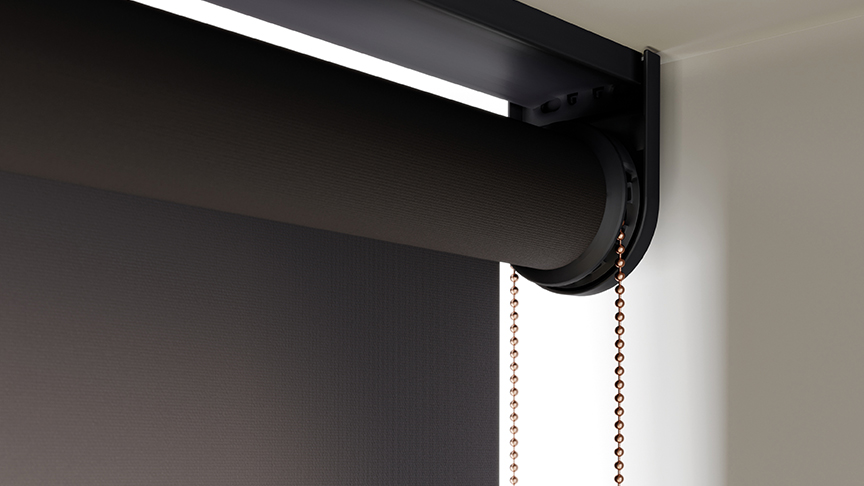Blog
-
When it comes to creating a cosy and energy-efficient home, the question of whether roller blinds keep the heat in is a common one. The answer yes, but by how much? Read on to find out.Read More
-
The Complete Guide to Different Types of Curtains
If your living room is feeling a bit lacklustre, your bedroom is begging for a makeover, or you simply want to add some flair Read More
-
Marvellous Modern Blind Ideas for Your Home
If, like us, you've watched a few too many episodes of Grand Designs, you've likely found yourself with a crippling desire Read More
-
Sought after Spaces
Read MoreWe analysed social media data and surveyed 2000 member of the British public to reveal which rooms and home items Brits desire most.
-
TikTok Interior Trends
Which of this year’s biggest interior design trends are the most popular on TikTok? Our experts have analysed global viewing figures to bring you the answers.Read More -
Unfolding The Mystery: What Are Pleated Blinds?
Pleated blinds are made of lightweight fabric, stiffened with a thin layer of glue, and folded to create an accordion effect... Read More
-
Choosing Fabrics: Which is Best for Roller Blinds?
Whether you are looking to build your roller blinds... or buy a fresh pair, it's essential to Read More
-
Pencil Pleat Curtains: The Beginner’s Guide
Maybe it's time to move house, or perhaps you moved house and can't stand the curtains... from the Read More
-
What are Vertical Blinds? Our Experts Answer Your Questions!
Vertical blinds... are a type of window treatment characterised by long vertical slats opening and closing to the sides. Read More
-
Should All Blinds And Curtains Match? Here's What We Think.
Customers often ask us whether all blinds or curtains... in a house should match. Read More
-
Farmhouse Blinds: 9 Tips for a Sophisticated, Rustic Look
Farmhouse design has exploded in popularity over the past few years. It blends practicality and comfort with neutral hues... Read More
-
Which Way Round Do Roller Blinds Go?
The world is still settling the time-old question of which direction to fit toilet paper, but has the public decided on... Read More

